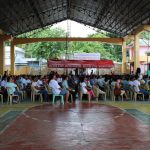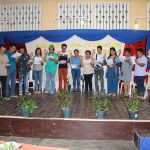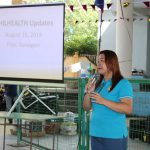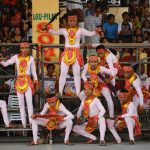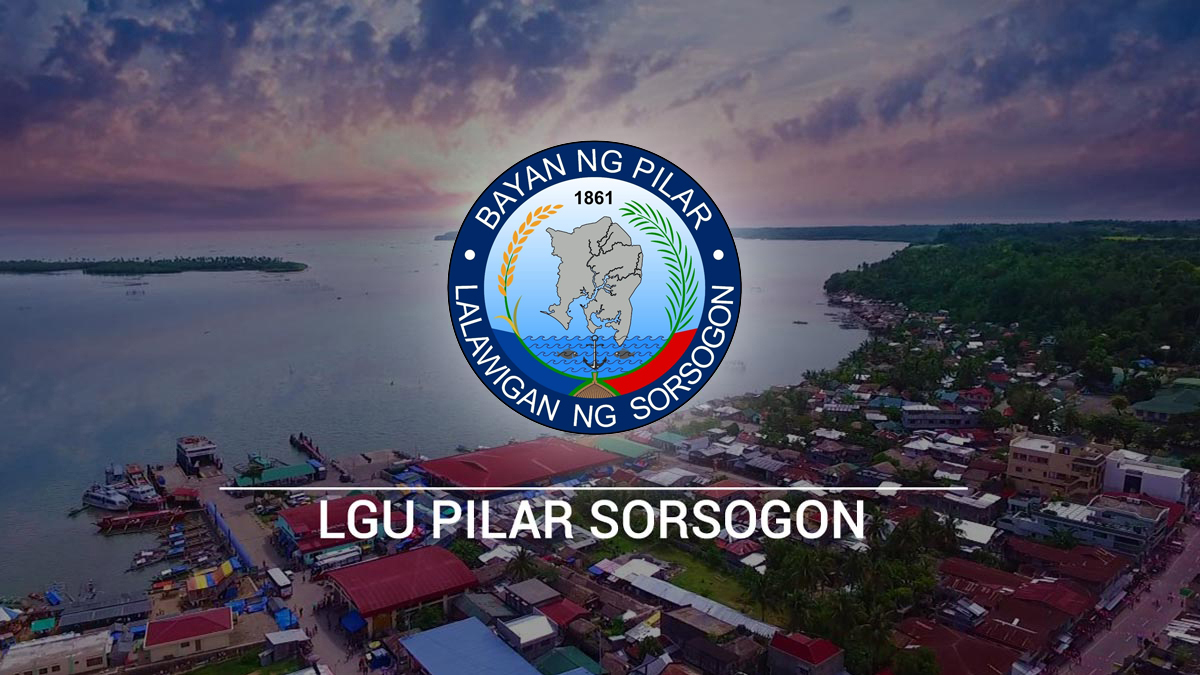
![]()
One of the first Christian settlements in the Island of Luzon is what is known as the town of Pilar, in the Province of Sorsogon.
After establishing the very first Christian settlement in a place known as gibalong, along the Ginagra River, in what is now known at the town of Magallanes, where the very first Christian Mass in Luzon was celebrated and where they also erected the first chapel in this part of the country in 1569, the Spanish expeditionary force headed by Capt. Luis Enriquez de Guzman, together with the Agustunian friars, Fray Alonzo Jimenez and Fray Juan Orta, forged on inland, in the northwesterly direction, to fulfill their avowed mission of Christianizing the natives.
The group found themselves in a place hospitable enough, they, decided to establish what became known as the Abucay-Catamlangan Mission, which formed the core of what was to become, decades later, the town of Pilar.
The Abucay-Catamlangan Mission was, in fact, the second Christian settlement established by the Spaniards in Luzon before they set off once again.
What is now the town of Pilar was then known as the Visita de Santo Nino, which was established by inhabitants from Donsol in 1933.
Finding Sto. Nino and the nearby coastal village of Panlatuan hospitable places and ideals sites for an ” astillero” or shipyard, many Spanish adventures and scions of the local Pilipino principalla class were attracted to the Place.
This development paved the way for increased commercial activities in the area, resulting in rapid population growth as more and more people from other villages were attracted to the flourishing shipyards, which produced the magnificent ships that plied the Manila-Acapulco Galleon Trade.
As the years passed and as the shipyard villages progressed even more, the inhabitants of Sto. Niño as well as those in the adjoining villages, which were growing bigger and bigger and more prosperous than ever, started clamoring for recognition as an independent and full-fledge town and parish.
Thus,on December 28,1859 the villages, of sto. Niño and Panlatuan including other adjoining smaller villagers formally petitioned the Spanish authorities to declare their place a separate and independent town from Cagsaua. Heading the petitioners was the Sto. Niño teniente mayor himself, Don Venacio Loriaga.
Finally, after much feverish preparations, organizations and construction activities, on August 16,1861, the separate and independent town of Pilar became a reality. On this date, the then Spanish Governor General Lemery decreed the clustering of the visitas of Sto.Niño, Panlatuan, Ynang, Putiao, Sapa and Cadanlogan to form a new town to be called Pilar, in honor of the new-born infant princess, Pilar-daughter of the rulers of Spain, King Philip II and Queen Isabela.
A year later,the town became a full –fledge parish, with Our Lady of Pillar as its titular. The image of the Virgin donated by the very first gobernadorcillo, Don Sabas Melissa, brother of Felix, was formally enthroned in the newly constructed church during the same year.
As the galleon trade flourished, more and bigger ships were more often than not simply forged into working in the shipyards by the Spanish Authorities. Even the surrounding forest was not spared from the exploitation as more timber and hemp cordage were required for the construction and the Spaniards became greedier and bigger. Thousands of natives were now needed to cut and haul timber down from the mountains.
The seething cauldron of resentment and discontent came to a boiling point. On August 5-8,1898, the much abused and exploited shipyard workers of Panlatuan struck.
Although seemingly slow to boil, slow to react and late in joining the revolution which was started by Andres Bonifacio and his Katipuneros in Pugad Lawin , the Panlatuan uprising spread rapidly as the inhabitants on other parts of the Province, just as swiftly, joined in.
The Spanish authorities in Sorsogon were taken completely by surprise. The uprising started from a place the Spanish authorities least expected it to come from. But, considering the long years of suffering experienced by the Filipino workers in these shipyards, it was actually a very logical place for just such an uprising.
After the Panlatuan, the Spanish in Sorsogon no longer felt secure. Their anxieties increased when a Spanish naval squadron from IIoilo docked at Sorsogon port on September 7,1898, carrying alarming news that the Filipino revolutionary forces were in control of the island of Luzon, except Bicol provinces of Camarines Sur, Albay and Sorsogon. Thus, on September 21, 1898 the Spanish authorities together with their families decided to leave Sorsogon for Manila on board the sip Bauan.
Free at last of their Spanish overlords, the Sorsoganons started to breathe more easily, especially when on the first week of October, the expeditionary force of Pilipino revolutionaries headed by Gen. Anianas Diokno arrived in Sorsogon.


